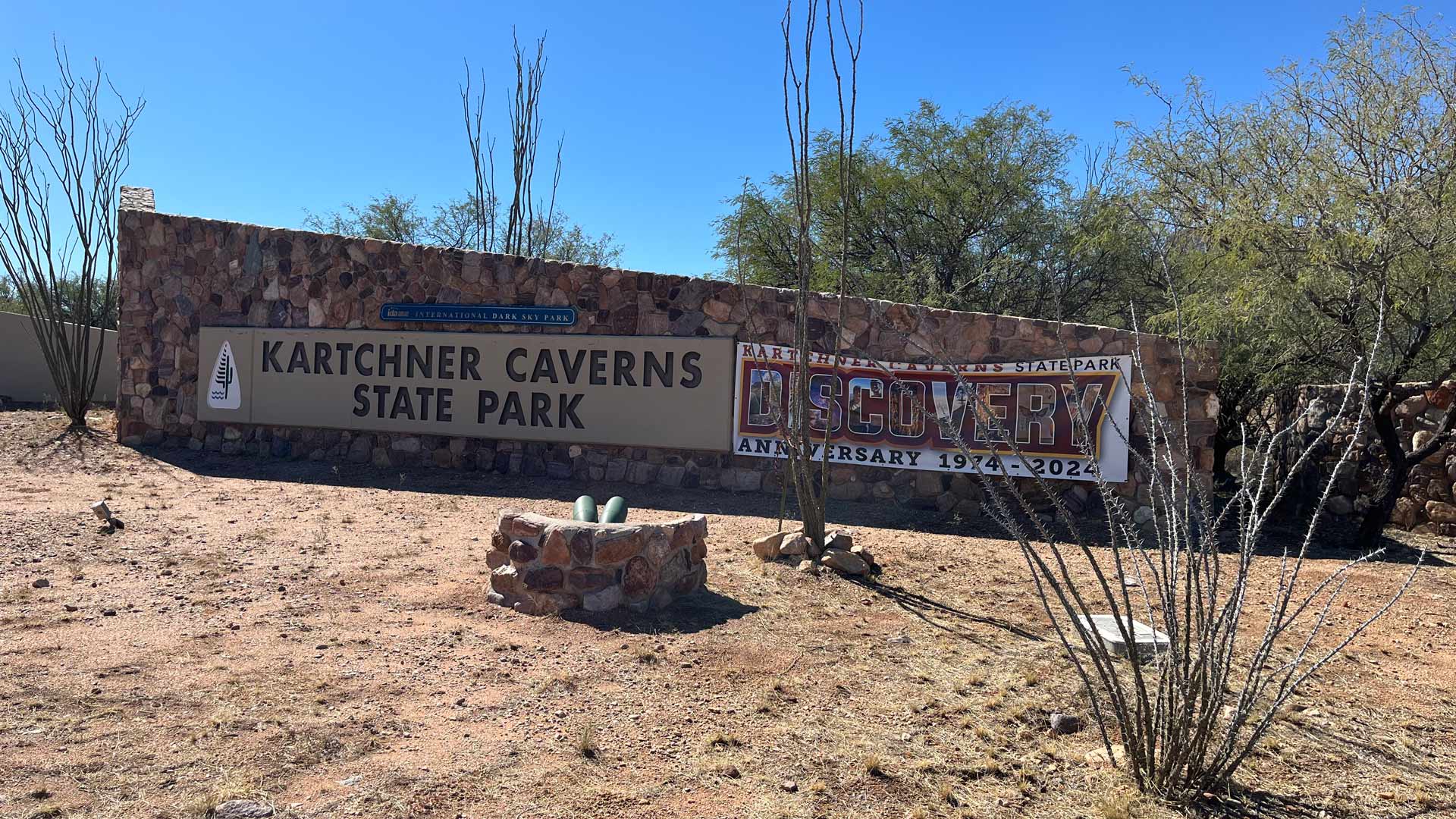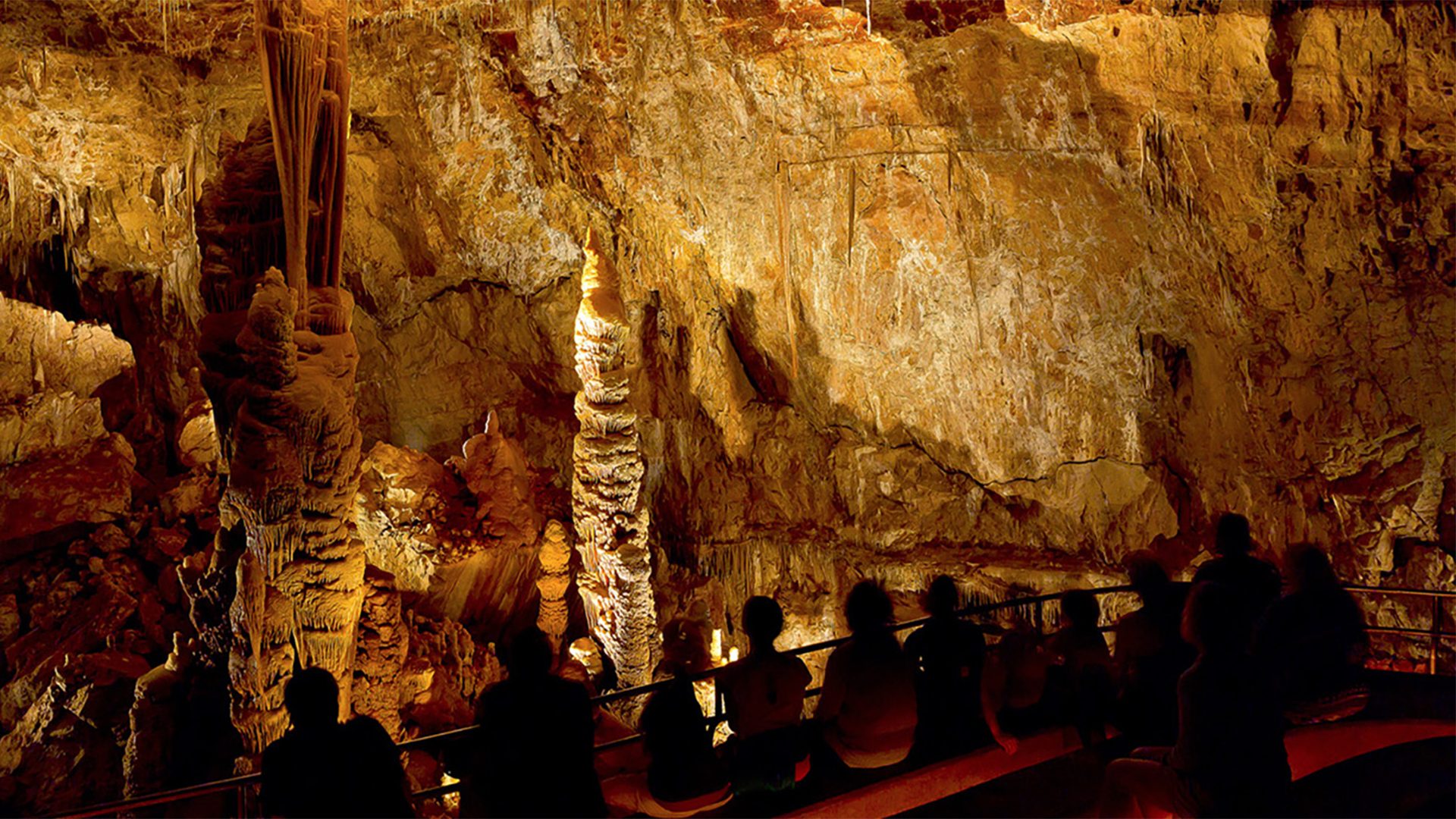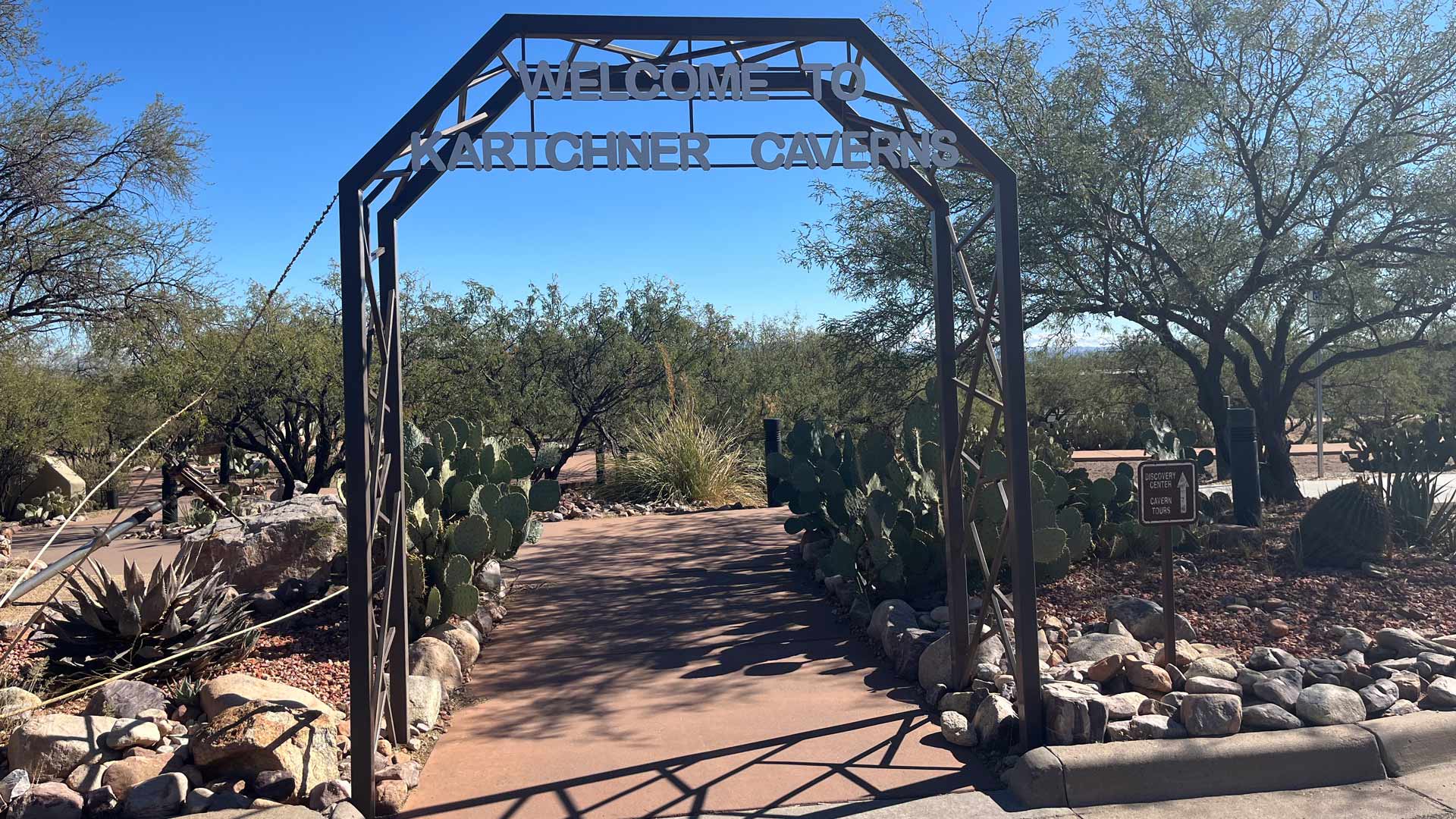
The Buzz for November 15, 2024

The 2024 election is behind us. And if that busy news cycle made you want to hide in a hole in the ground, you're not alone.
That's why, the day before Election Day, the crew from The Buzz went down into one of Arizona's most well-known spots to do just that, Kartchner Caverns.
The cave was discovered in 1974 by Gary Tenen and Randy Tufts, who were then students at the University of Arizona.
"They had received a tip from a fluorite miner he used to mine in the Whetstone Mountains, that there were some openings and sinkholes down here," said Kyle Reisterer, assistant park manager at Kartchner Caverns State Park. "And they actually were checking out two holes on the back side of this hill, and they didn't really go anywhere. Gary and Randy decided to check out this hole. Well, there was a storm in the area, and there was dropping air pressure outside. Caves breathe in and out with drops in barometric pressure, higher pressure air stuck inside the cave was making its way rapidly out of this opening, and they realized when they went down the sink, oh, wait a second, there's more space here that people hadn't realized before."
The two kept the cave a secret while talking with the property's owners, the Kartchner family, about the best way to preserve it. The property was eventually sold to the state, and the long process of turning it into a state park began.
It was first opened to the public in 1999, making this year both the 50th anniversary of its discovery and the 25th anniversary of its opening to the public. Riesterer said that long, painstaking process is part of what makes Kartchner a special place.
 A viewing area in the Big Room in Kartchner Caverns
A viewing area in the Big Room in Kartchner Caverns
"What is special about Kartchner is it does have the very fragile, what are called soda straw formations remaining in the cave. In a lot of caves, they have been broken off by explorers and discoverers who, you know, just weren't as modern as what we might think today. They didn't really. Realize that caves are a valuable resource, and that any damage you cause in a cave is going to leave a lasting impact, basically forever."
Protecting that well-preserved status is a painstaking process. It starts with the multiple doors and misting systems that visitors walk through that keep moisture in and other materials out, and continues with special lighting and attention paid to places people might have touched.

Riesterer almost had to show us those procedures when he stumbled during our tour and nearly placed a hand on a rock.
"If I had done that, we have a flagging system here to mark where touches occur, because we don't want people to touch things in the cave, including rocks, because it can build up lint from clothes, oil from skin. So tonight, what we'll do is we'll record where people touched. We'll mark that with a flag, and then our cave unit ranges will come in, and they'll just spray the formations with plain water, trying to disrupt that oil from building up or from lint sticking to formations."
Such attention to detail keeps the cavern a location that brings in scientists. The cave is home to a number of ongoing scientific studies, with special attention being paid to the living things that call it home.
"We have a Cave Resource Manager here at the park, and what her job is is to coordinate with research universities and visiting sciences scientists to conduct different experiments and studies here at the cave. We have long term relationships with a bat biologist as well as an entomologist studying insects here in the cave. So we have these partnerships, and we want to see those continue for the future."




By submitting your comments, you hereby give AZPM the right to post your comments and potentially use them in any other form of media operated by this institution.